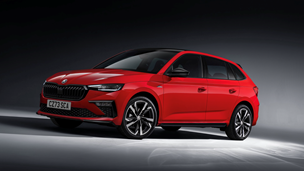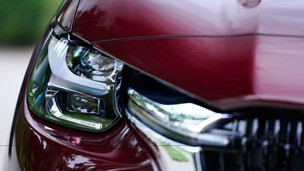The success of BMW’s storied M Division lies in its ability to take cars described by many as the chariots of middle management types and turns them into something truly deserving of the “Ultimate Driving Machine” slogan.
As well as having contributed immensely to motorsport over the years, the M Division’s cars are near unique in that they give you the ability to drive circles around a dime, while leaving enough money in your pocket that you don’t have to stop and pick up said dime for the trip home.
From top to bottom, the entire M range is renowned for their not-so-hidden ability to turn any motorway slip road into an instant launch pad, though some are more renowned than others. Of all M Division’s achievements, its best-known and greatest is the mighty M3.
With the release of the original first-generation E30 M3 in the mid-1980s, BMW pioneered the performance saloon format, and the M3 has gone on to spawn four more generations since, with the latest fifth-gen version released in 2014.
By most measures, the second-generation E36 model has always been the under-achiever of the group, at least on paper. The least overtly aggressive model compared with every other generation, it’s also the one with the lowest output with the sole exception of the original E30.
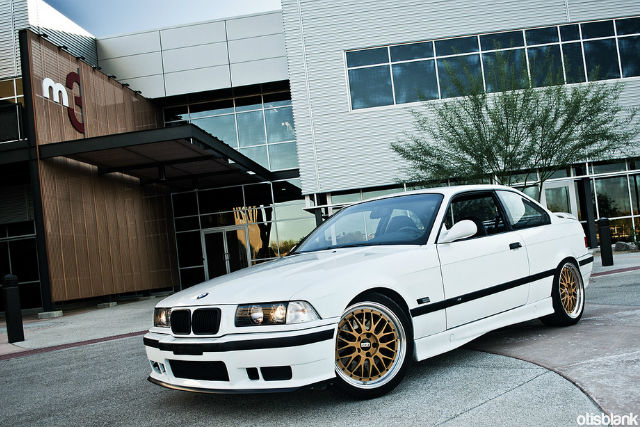
The E36 M3 also happens to be hands-down one of the most exhilarating cars ever made for the money. So that’s that.
While the E30 was rawer, more pure, and the E46 which directly followed it was a lot more powerful, the E36 trounced all in terms of handling. Prone to a fair bit of understeer, which can quickly turn into swift snap oversteer if you aren’t careful, it’s regardless immediately nimbler than its follow-up.
In contrast, even with the benefit of better suspension, many think the E46 M3 handles like a boat compared to the E36, and the second-gen M3 was touted as one of the best handling cars of the 1990s. With just the right balance of power and benign handling, the E36’s accessible nature has seen it become popular amongst circuit racers, flattering track enthusiasts and regular drivers alike.
While the original E30’s sheer impact on automotive history might convince you into buying one, given how expensive it’s become amongst collectors, it’s nowhere near worth the money in terms of driving ability alone.
Yes, it was great, but the M3 was even greater the second time around. With the E36 came a massive growth in BMW’s M Division, and while the E30 was more a happy accident, the second-generation version recognised the format’s desirability and capitalised on it.
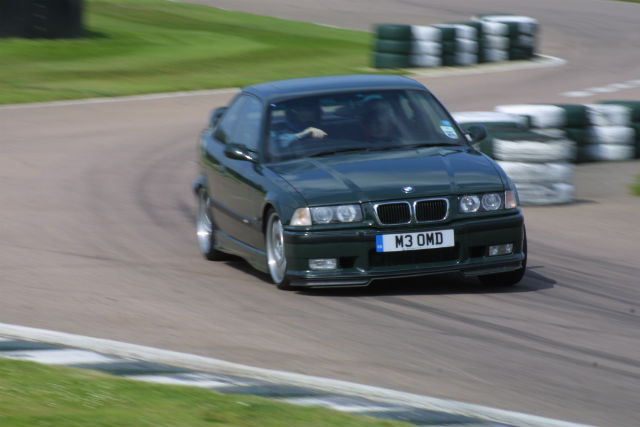
Sharing body panels with the standard 3 Series of its time, the E36 was an exercise in subdued elegance. Only the details were different, and although it was heavier than the E30 it was faster and infinitely more capable thanks to the strong and more modern inline-six engine in place of its predecessor’s screaming four-pot.
It’s important to note at this stage, that opinions on the E36 vary widely depending on which side of the Atlantic you’re on. If you happen to be reading this from a computer chair in the Land of the Free, the E36 M3 is a thing to be reviled, a constant reminder of “What could have been…”
Thanks to the fact that US-spec E36s produced a despicable 240 horsepower compared to the European-spec models which got 320, Americans tend to have a pretty dim view of the second-gen M3.
Mostly the massive power gap was due to the use of individual throttle bodies in the European engines while the North American versions used a single throttle body, resulting in less air and thereby less power. Why? Well, who knows really?
For the sake of this article, though, we’re going to ignore the US-spec E36 and instead concentrate on the European version, because despite the shortcomings of the North American models, the second-gen M3’s engine was incredibly important to BMW.
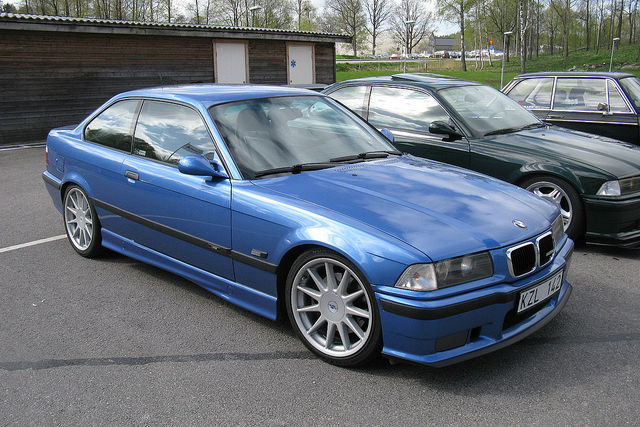
Gerhard Richter, one of the company’s longest-serving tech chiefs and head of chassis development for the E36, said: “While the focus of the E30 was competitiveness, this changed with the E36 M3. Here it was important for us to find a combination of racing technology and an increase in the ability for everyday use. The aim was to exploit the limits on both sides.”
BMW’s aim with the E36’s engine was to give it a very smooth idle position but to maintain the same excitement of a racing engine. Thanks to the marque’s newly-introduced variable camshaft technology, which debuted on the E36 M3, engineers didn’t just achieve this target but excelled it, with Richter describing the motor as “mechanically perfect”.
Known as VANOS, the variable valve timing system changed the position of the engine’s camshaft in relation to its revs and oil pressure, similar in effect to Honda’s revered VTEC technology.
At lower speeds, the engine was allowed to idle smoothly and power was applied in a much slicker fashion. As engine speed increased, the cam profile changed to open the engine valves earlier, which enhanced torque and also reduced fuel consumption and emissions.
Full-throttle, the cam profile changed again to delay the valves’ opening to allow for full power delivery, all the way up to a massive 8,000rpm.
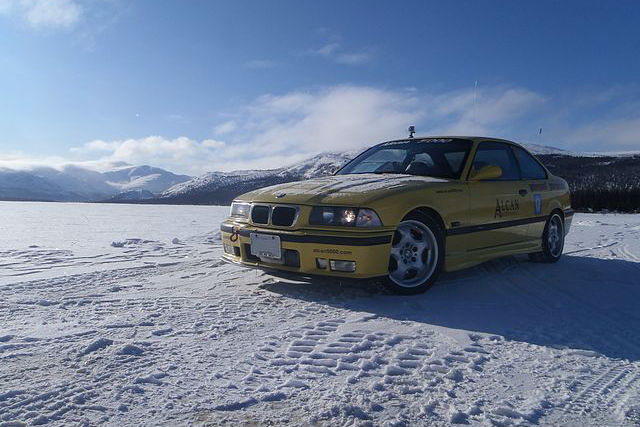
Visually, while the E36 is markedly more demure than any other generation of M3, it still maintained just the right amount of rowdiness with aggressive side sills and M-badged touches to set it apart aesthetically from the standard 3 Series.
“It looks relatively harmless, and when you step inside you find a beautiful and comfortable vehicle. But once you start the engine, you notice this is not a normal engine,” Richter said. “When you keep your foot on the accelerator and the engine revs up to 8,000 revs you know this is almost like a racing car.”
Thanks to the success of the standard E36, BMW soon introduced the M3 GT, EVO and track-oriented Lightweight models, all of which received large rear wings for more downforce and a sportier, more assertive appearance. Likewise, the car also introduced the aerodynamically-shaped wing mirrors, which have remained a staple feature on every M3 since except the E46.
During its lifespan, the E36 M3 also introduced technological landmarks like a sequential automatic gearbox which entered worldwide series production ahead of Ferrari, and more than 71,000 models rolled off the production line between 1992 and 1999.
Thanks to the sheer number of models produced, parts for the E36 M3 remain both easy to find and relatively cheap, meaning that it’s quite easy to reupholster and repair older models. As a result, the E36 is still a fairly common sight and serves as the entry point for many a Bimmer fan looking to get their first M car kicks, though plenty have met a sad demise after being stanced to within an inch of their lives.
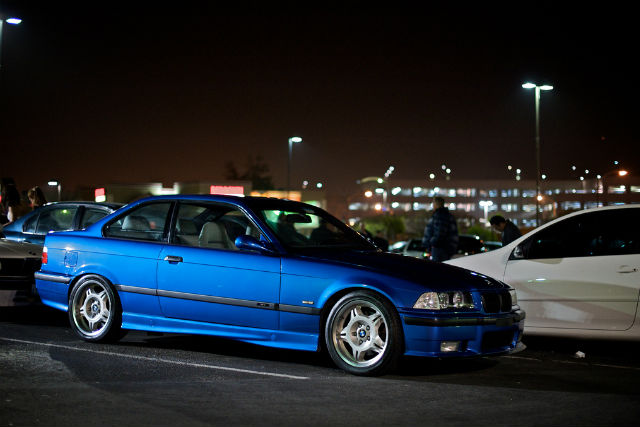
While the E36 was never the rocket that the E46 was, nor is it as refined or advanced as modern models, it was just as fun, if not more. Lighter, smaller and easier to control, its slight power disadvantage also means that drivers can get the most out of it at an accessible level.
It’s easier to push it to the limit, just like the old adage about driving a slower car fast says, and because it isn’t as maddeningly quick as later M-badged offerings, it still makes for an excellent track-day racer for mere mortals.
Compared with the revered E30, the second-gen model was arguably more capable in terms of handling, cheaper to maintain, more efficient and more usable in day-to-day life with a better torque and power curve, and it was faster too.
So it mightn’t have been as all-out aggressive as every model since, but as an all-rounder it was and still remains one of the best performance saloons ever made, and arguably the best M3 to ever roll out of Munich.
“Obviously the complete package was perfect. It had the power, the understatement, the comfort and the potential for everyday use,” Richter concluded. Can’t sum it up better than that, really.
